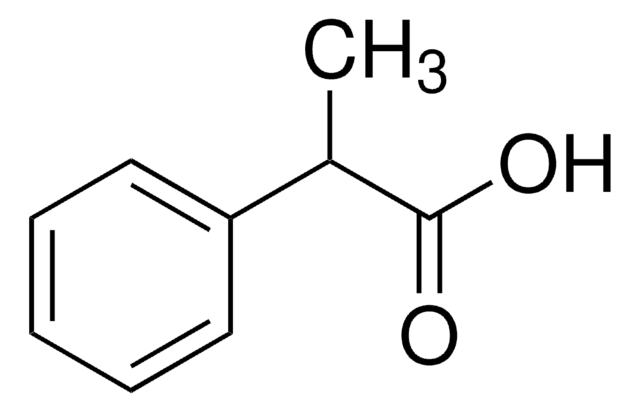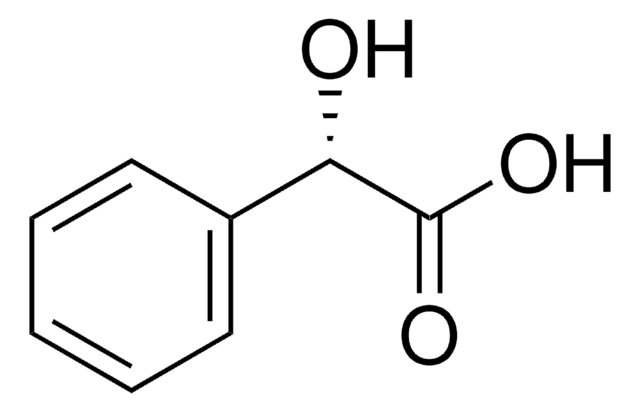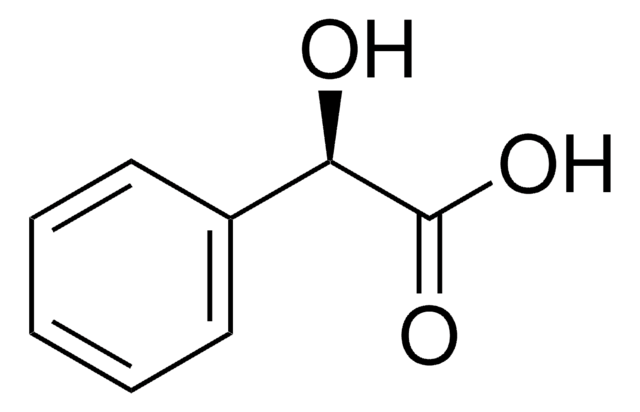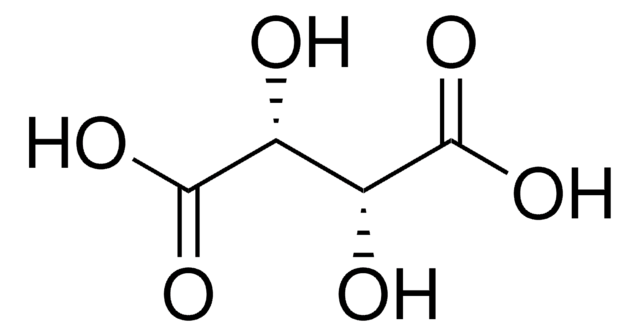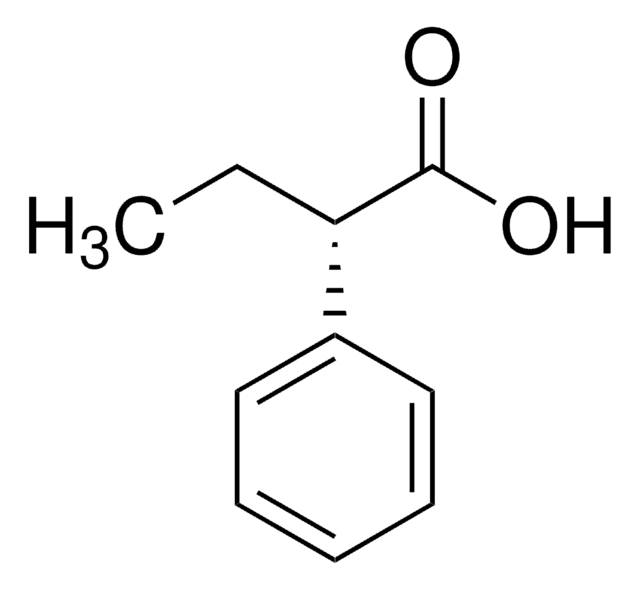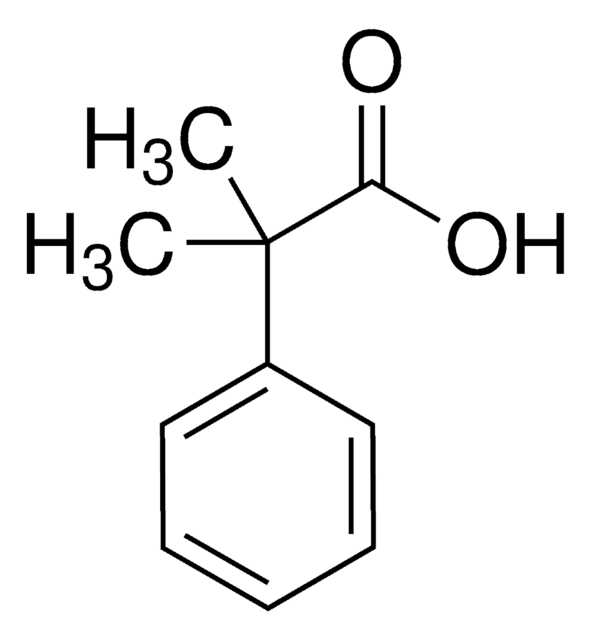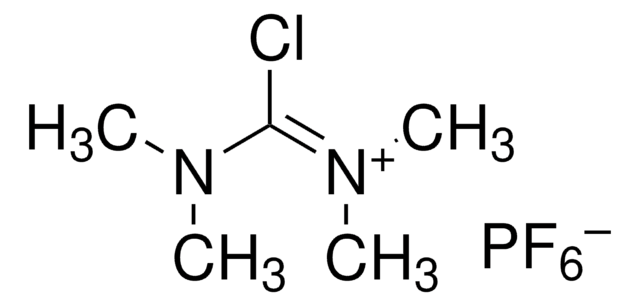279900
(S)-(+)-2-Phenylpropionic acid
97%
Sinônimo(s):
(S)-(+)-Hydratropic acid, (S)-HTA
About This Item
Produtos recomendados
Nível de qualidade
Ensaio
97%
Formulário
solid
atividade óptica
[α]20/D +72°, c = 1.6 in chloroform
pureza óptica
ee: 98% (HPLC)
índice de refração
n20/D 1.522 (lit.)
p.e.
115 °C/1 mmHg (lit.)
pf
29-30 °C (lit.)
densidade
1.1 g/mL at 25 °C (lit.)
grupo funcional
carboxylic acid
phenyl
cadeia de caracteres SMILES
C[C@H](C(O)=O)c1ccccc1
InChI
1S/C9H10O2/c1-7(9(10)11)8-5-3-2-4-6-8/h2-7H,1H3,(H,10,11)/t7-/m0/s1
chave InChI
YPGCWEMNNLXISK-ZETCQYMHSA-N
Procurando produtos similares? Visita Guia de comparação de produtos
Aplicação
Aplicação
Palavra indicadora
Warning
Frases de perigo
Declarações de precaução
Classificações de perigo
Eye Irrit. 2 - Skin Irrit. 2 - Skin Sens. 1 - STOT SE 3
Órgãos-alvo
Respiratory system
Código de classe de armazenamento
11 - Combustible Solids
Classe de risco de água (WGK)
WGK 3
Ponto de fulgor (°F)
>235.4 °F - closed cup
Ponto de fulgor (°C)
> 113 °C - closed cup
Equipamento de proteção individual
dust mask type N95 (US), Eyeshields, Faceshields, Gloves
Escolha uma das versões mais recentes:
Já possui este produto?
Encontre a documentação dos produtos que você adquiriu recentemente na biblioteca de documentos.
Chromatograms
application for HPLCNossa equipe de cientistas tem experiência em todas as áreas de pesquisa, incluindo Life Sciences, ciência de materiais, síntese química, cromatografia, química analítica e muitas outras.
Entre em contato com a assistência técnica